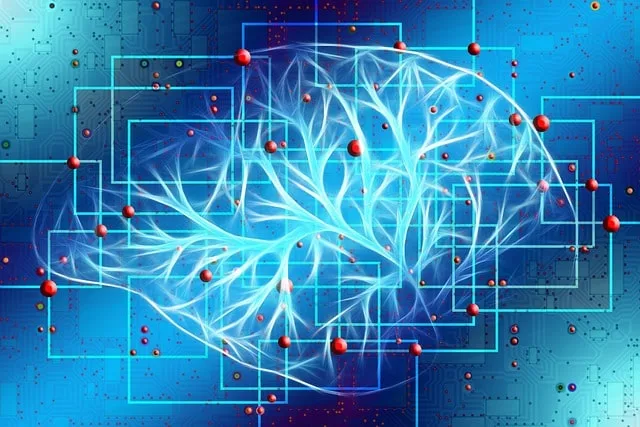
Understanding the VC Dimension in Machine Learning
One concept of machine learning that has caught my attention is VC dimension.
Therefore, in this article, I’ll share my insights on why VC dimension is vital, its implications for classifiers, neural networks, and more. So, let’s jump right in!
The Significance of VC Dimension in Machine Learning
VC dimension, or Vapnik-Chervonenkis dimension, plays a crucial role in understanding the capacity of a learning algorithm.
It’s essential because it:
- Quantifies a model’s complexity
- Helps avoid overfitting
- Ensures a balance between bias and variance
VC Dimension in Machine Learning: A Classifier’s Perspective
For a classifier, the VC dimension is the largest number of training data points it can shatter.
In other words, it’s the maximum number of points the classifier can perfectly separate using all possible configurations.
To clarify:
- If a classifier can separate any N-point configuration, its VC dimension is at least N.
- If there’s an N+1-point configuration the classifier can’t separate, its VC dimension is N.
Neural Networks and VC Dimension: A Complex Relationship
Calculating the VC dimension for neural networks can be quite challenging.
However, there’s an approximate relationship between the VC dimension and the total number of weights or parameters in the network.
In short:
- The VC dimension of a neural network is roughly proportional to the total number of its weights.
- More complex networks, having more layers and nodes, will possess a higher VC dimension.
Determining VC Dimension: A Step-by-Step Approach
There’s no universal method to determine the VC dimension. Instead, the process varies based on the learning algorithm and the complexity of the problem.
Generally, you can:
- Analyze the structure and behavior of the learning algorithm.
- Examine the relationship between the number of training examples and the classifier’s performance.
- Identify patterns in how the classifier behaves with different data distributions.
The Purpose Behind VC Dimension in Machine Learning
The primary objective of the VC dimension is to help us comprehend the capacity of a learning algorithm.
By understanding a model’s VC dimension, we can:
- Estimate its generalization ability
- Determine the ideal amount of training data required
- Make informed decisions on model selection and complexity
Is a VC Dimension of 1 Possible?
Yes, a VC dimension of 1 is possible. It occurs when a learning algorithm can shatter only a single point but fails with any two-point configurations.
This indicates a simple model with limited complexity.
Balancing VC Dimension and Model Complexity
VC dimension is closely related to model complexity. A higher VC dimension generally corresponds to a more complex model.
This relationship is essential because:
- Models with high VC dimensions can overfit, leading to poor generalization.
- Models with low VC dimensions can underfit, resulting in high bias.
Finding the right balance between model complexity and VC dimension is critical for optimal performance.
SVM and VC Dimension: A Powerful Pair
Support Vector Machines (SVM) are renowned for their excellent generalization capabilities.
Furthermore, the VC dimension of an SVM primarily depends on the number of support vectors, which are data points located on the margin boundaries.
Consequently, SVMs with fewer support vectors have lower VC dimensions, resulting in better generalization.
Why is VC So Important, Anyway?
In summary, the VC dimension holds great importance in machine learning as it:
- Measures the capacity of a learning algorithm
- Helps estimate a model’s generalization ability
- Guides the selection of optimal model complexity
- Assists in balancing the trade-off between bias and variance
- Informs decisions on the required amount of training data
By understanding and applying the concept of VC dimension in machine learning, we, as enthusiasts, can make more informed choices when selecting and fine-tuning our models.
Ultimately, this leads to improved performance and more accurate predictions, empowering us to create better solutions for real-world problems.


